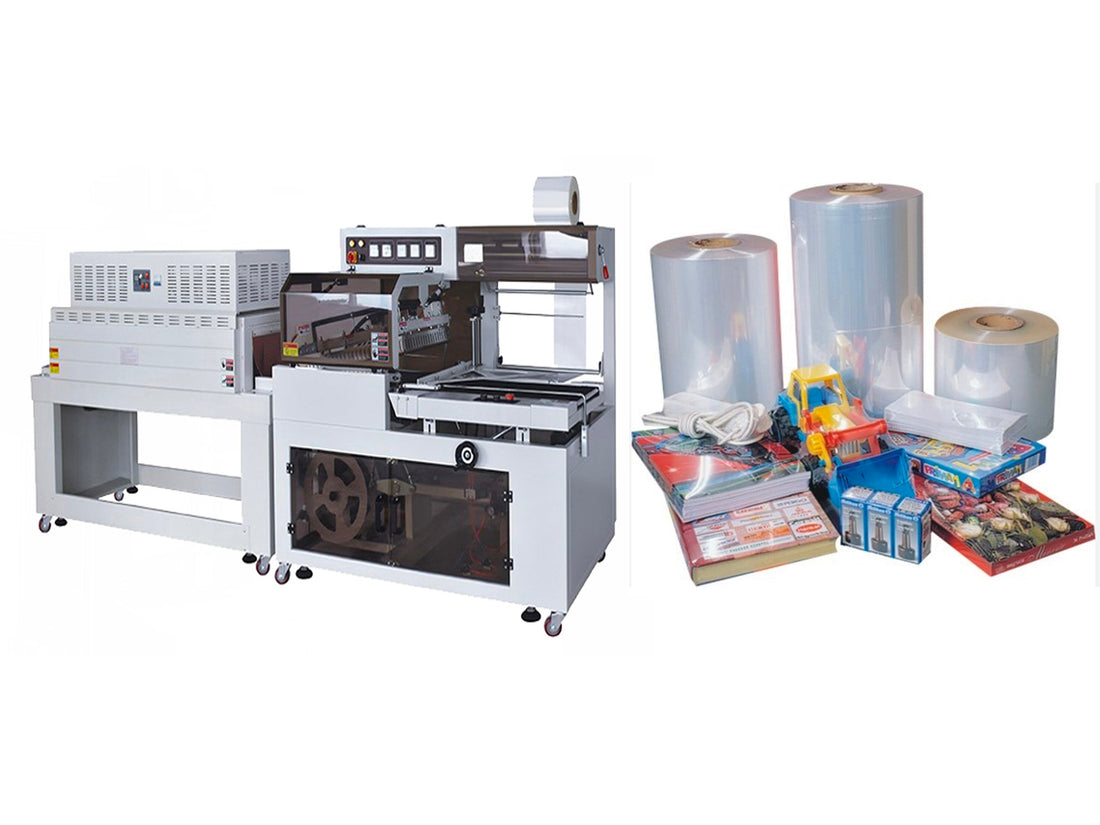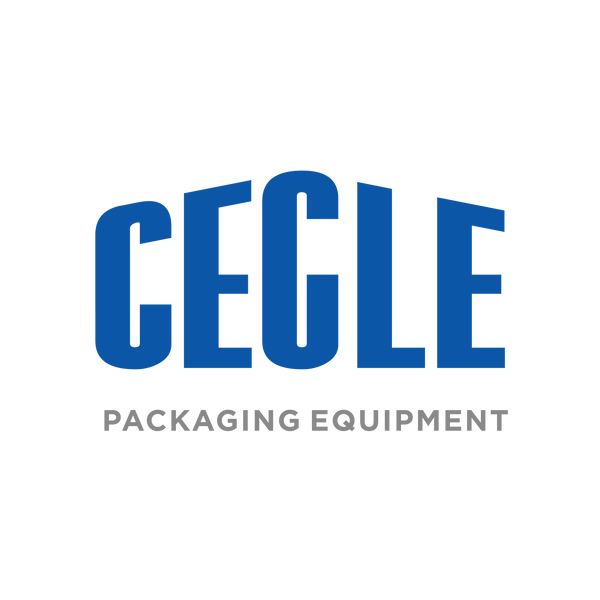
Why Use Heat-Shrink Film for Packaging
Share
Protection
- Heat-shrink film provides a tight and secure wrapping around the product. It acts as a barrier against dust, dirt, and moisture. For example, in the case of food products like chocolates or biscuits, the film keeps them fresh by preventing the entry of air and humidity that could lead to spoilage.
- It also offers physical protection. When products are stored or transported, they may be subject to bumps and impacts. The heat-shrink film can cushion the product to some extent and reduce the risk of damage. For instance, small electronic components or toys packaged with heat - shrink film are less likely to get scratched or broken during handling.
Visibility and Presentation
- The clear nature of most heat-shrink films allows consumers to see the product clearly. This is crucial for marketing purposes. Customers are more likely to purchase a product when they can visually inspect it. In a supermarket, products such as cosmetics, stationery, and even some fruits and vegetables packaged with heat - shrink film can catch the eyes of consumers more easily.
- Heat - shrink film can give products a neat and professional appearance. The tight-fitting film conforms to the shape of the product, creating an aesthetically pleasing package. It makes the product look more organized and high - quality, which is beneficial for brand image.
Cost-effectiveness and Efficiency
- Heat-shrink film is relatively inexpensive compared to some other packaging materials. It is a cost-effective option for manufacturers, especially when packaging a large number of products. The cost of production can be significantly reduced, which in turn can lead to more competitive pricing for consumers.
- The process of applying heat-shrink film is quite efficient. It can be automated, allowing for a high-speed packaging process. Manufacturers can package a large number of products in a short period of time, increasing productivity and meeting market demands more promptly.

